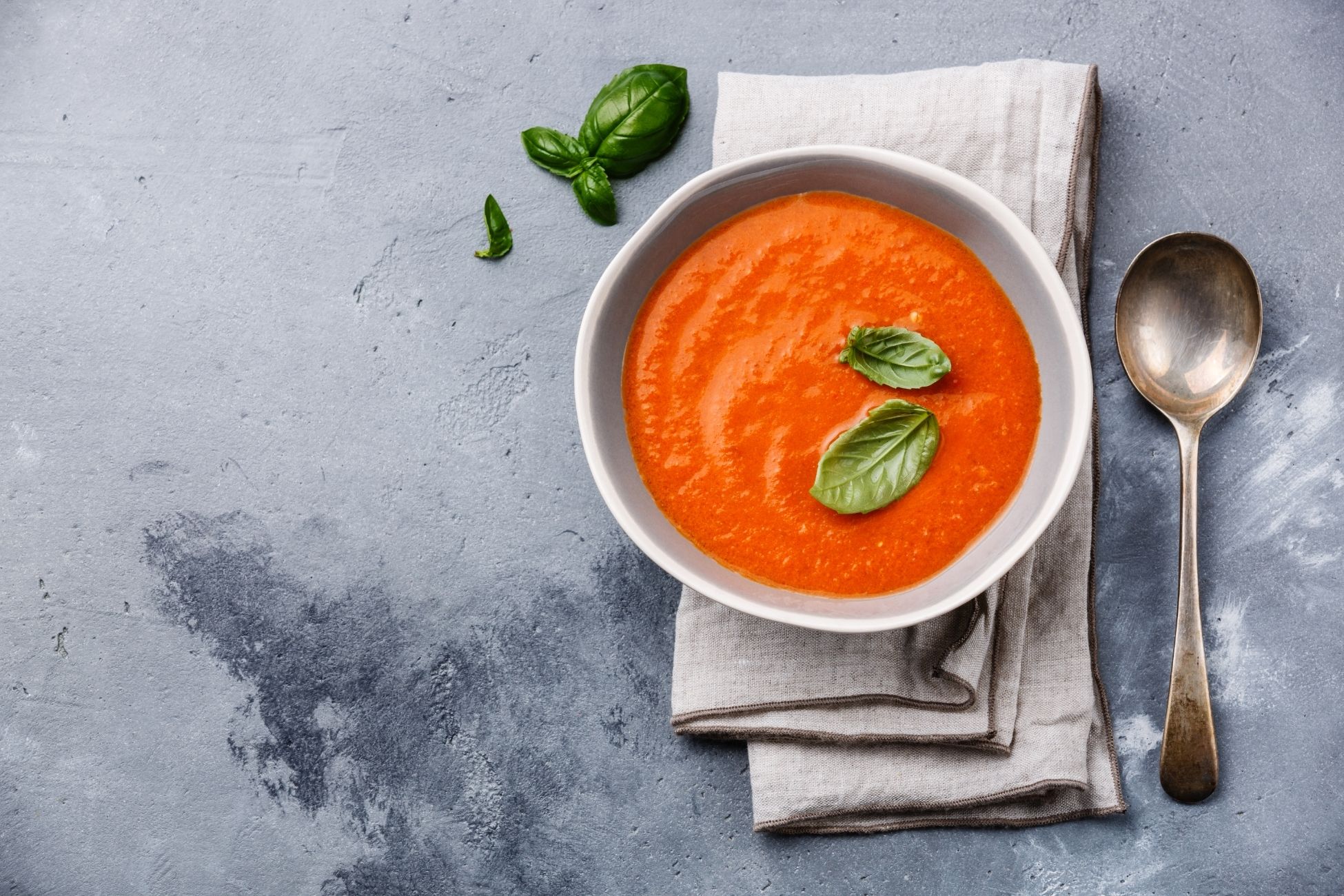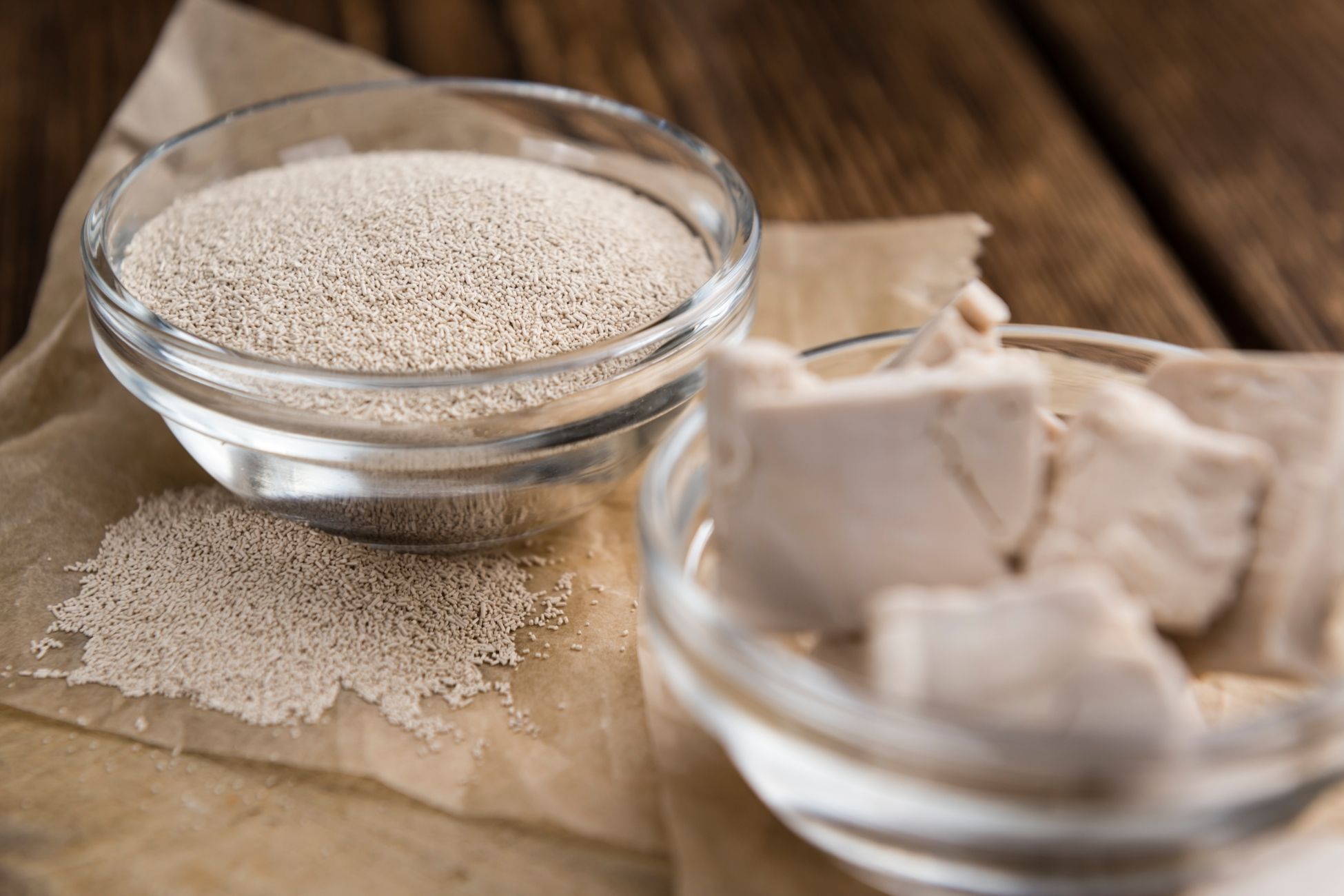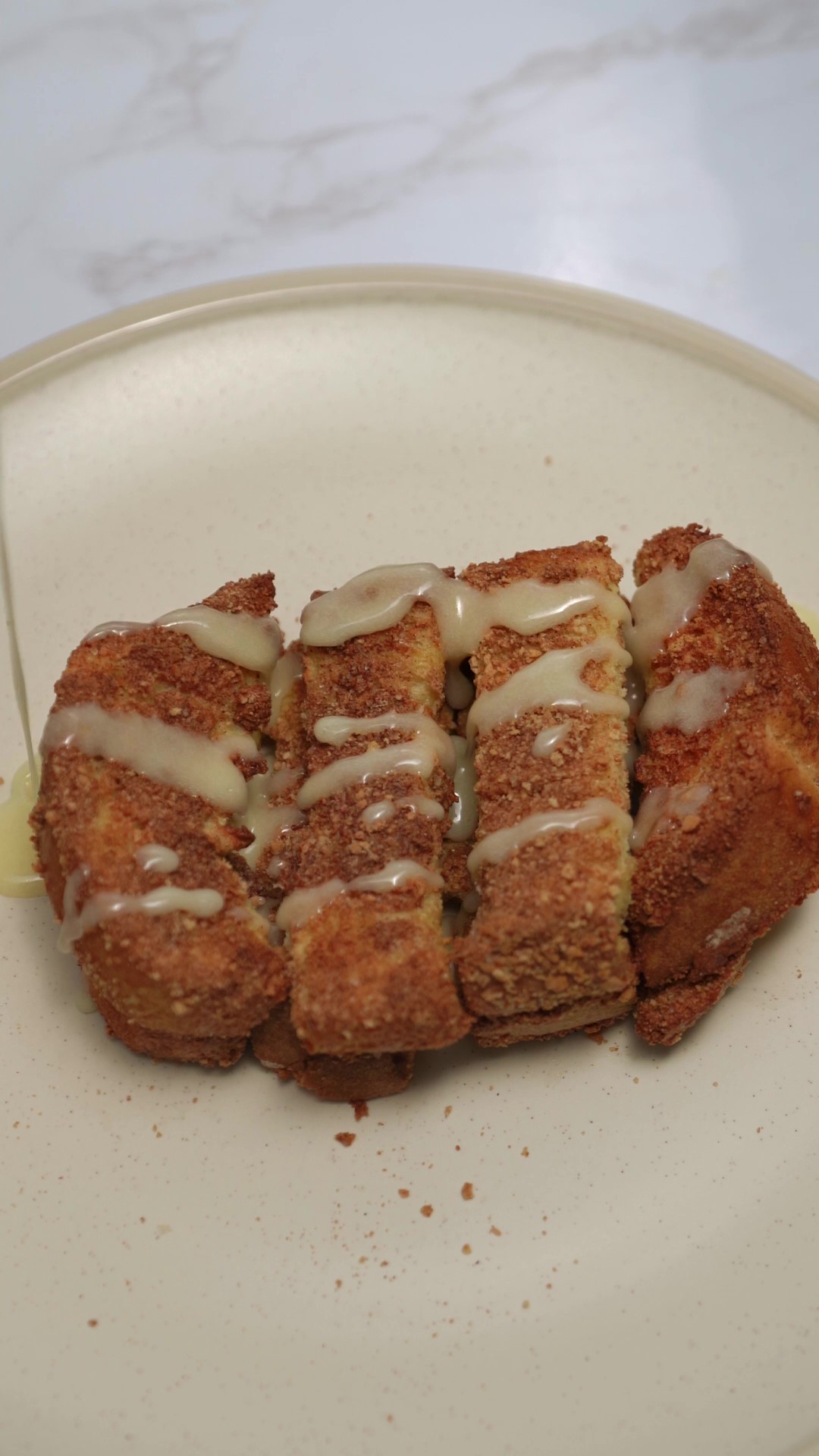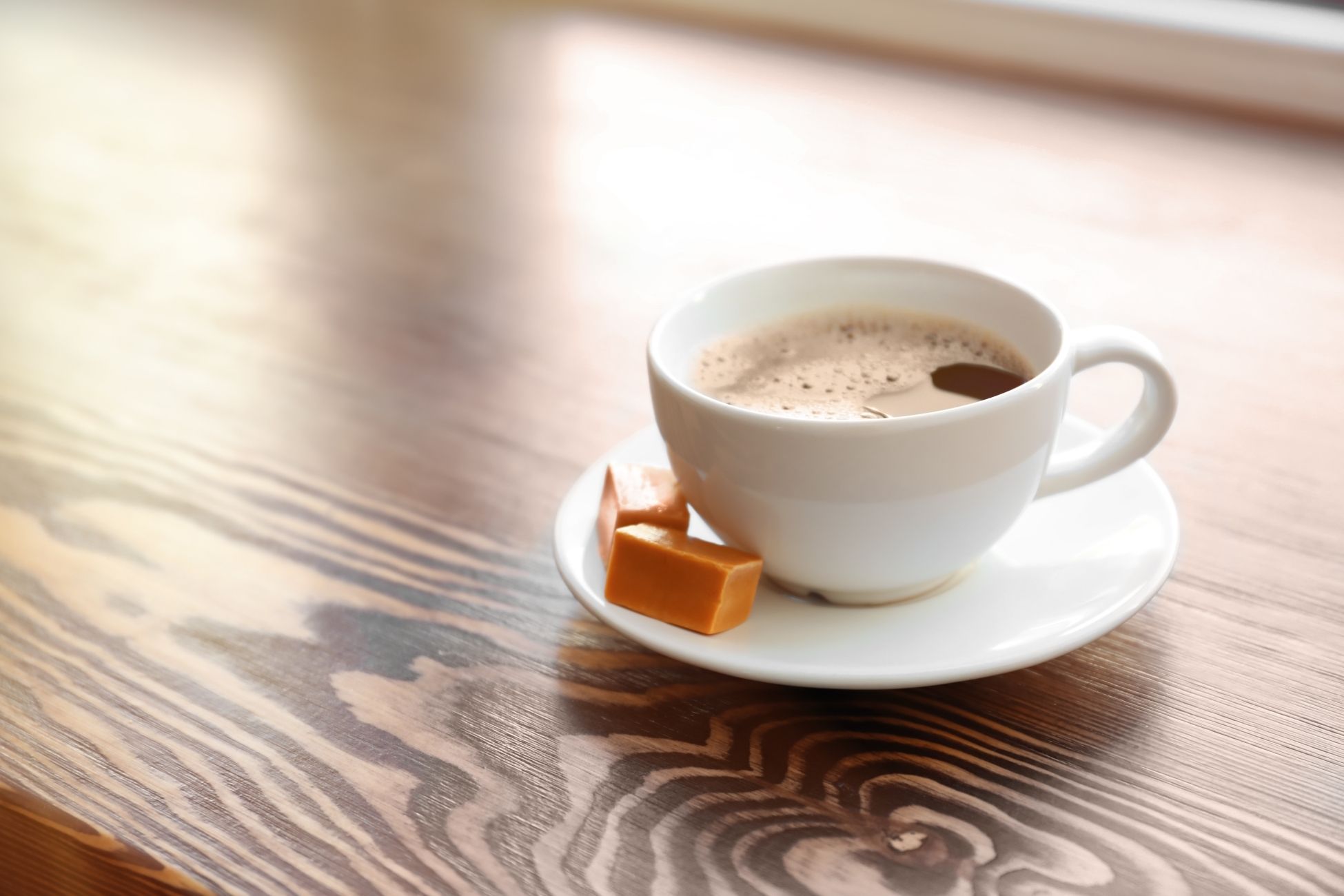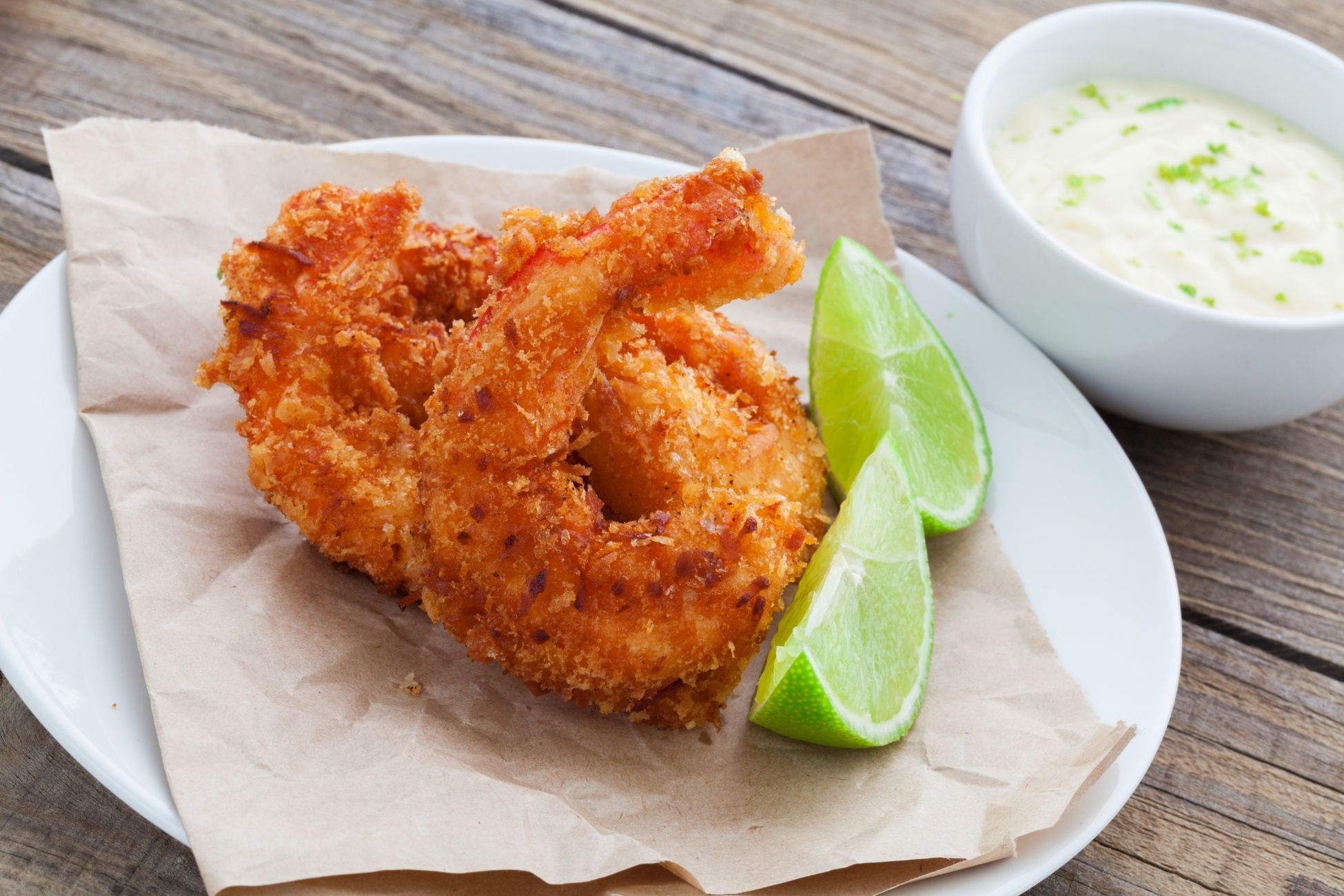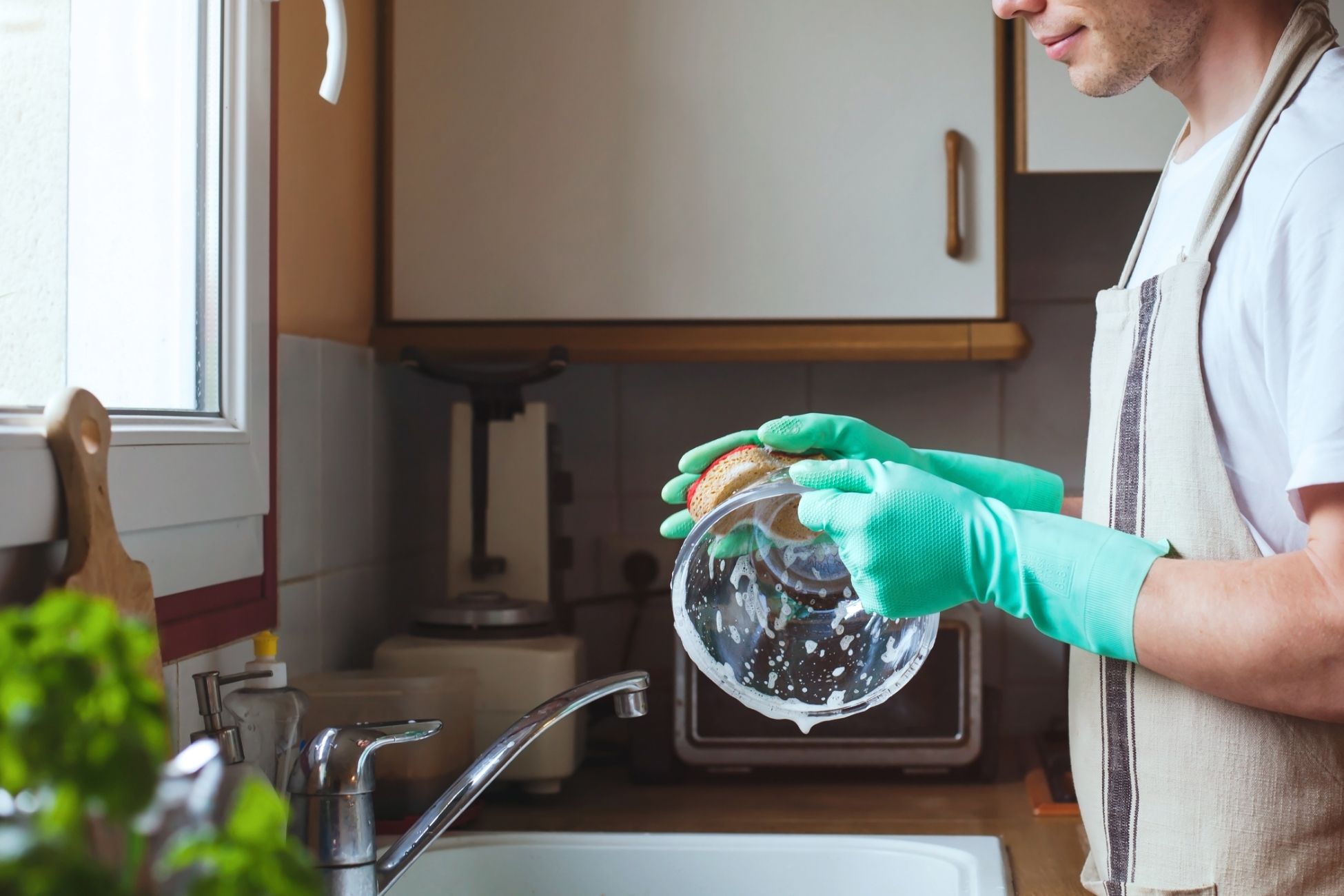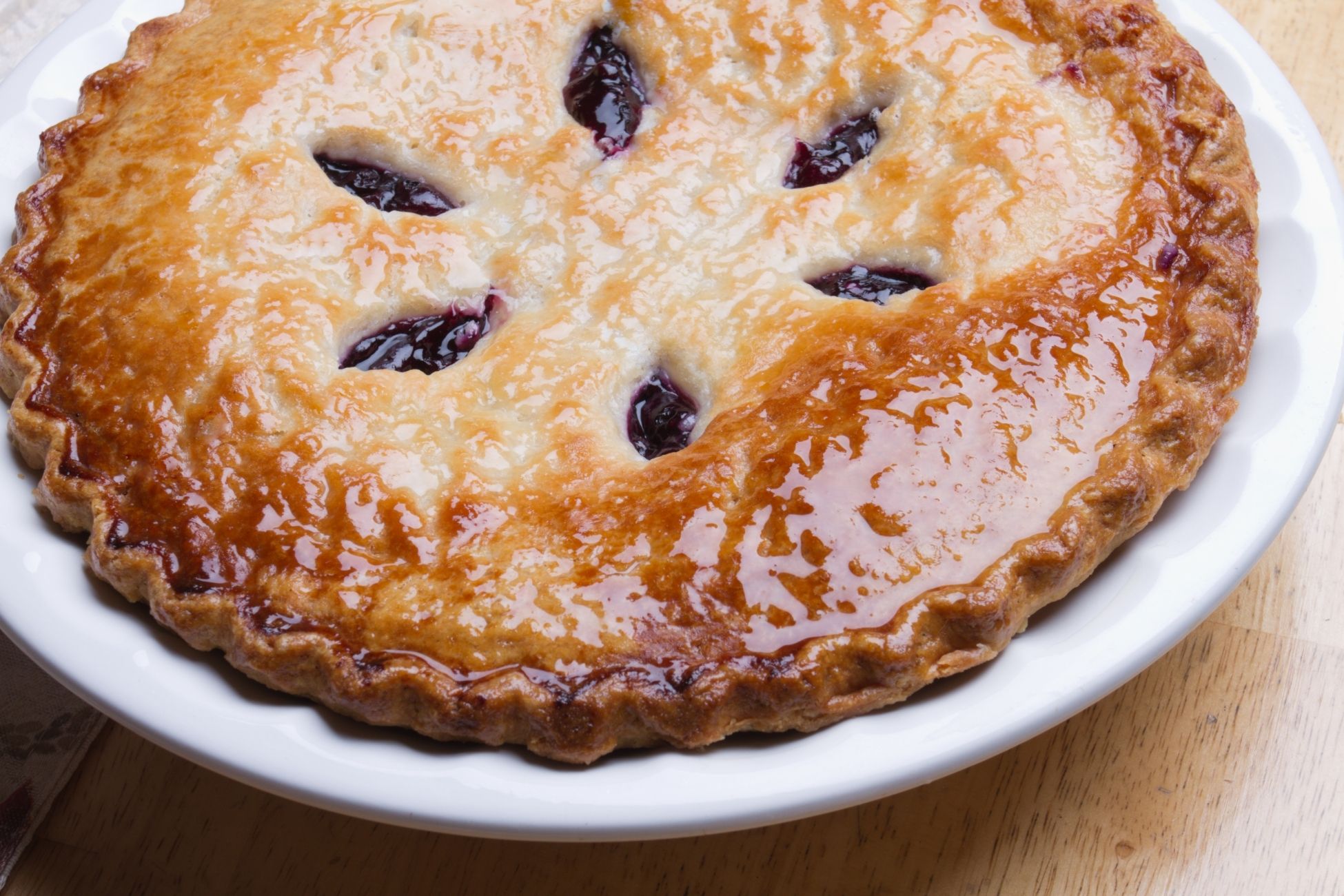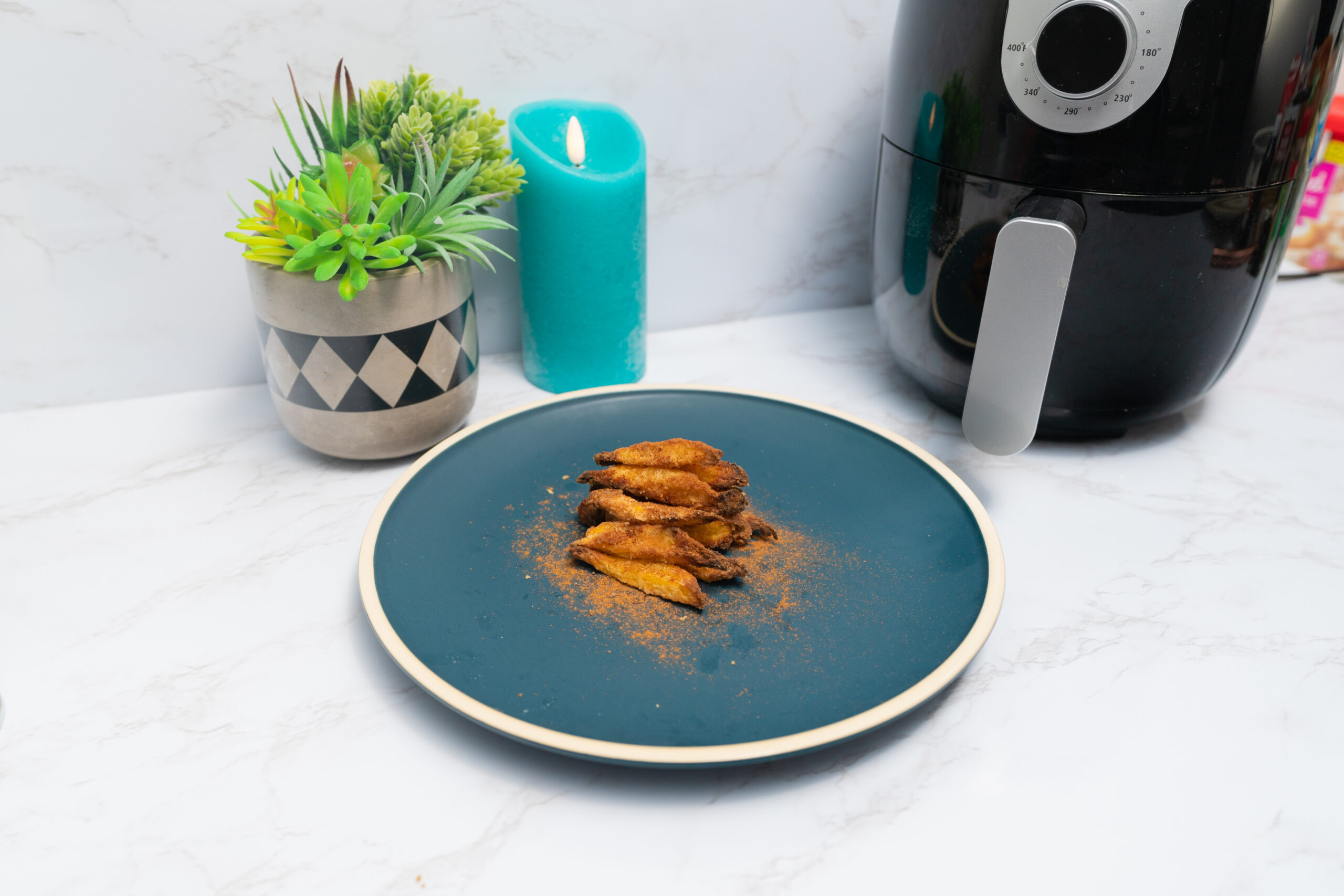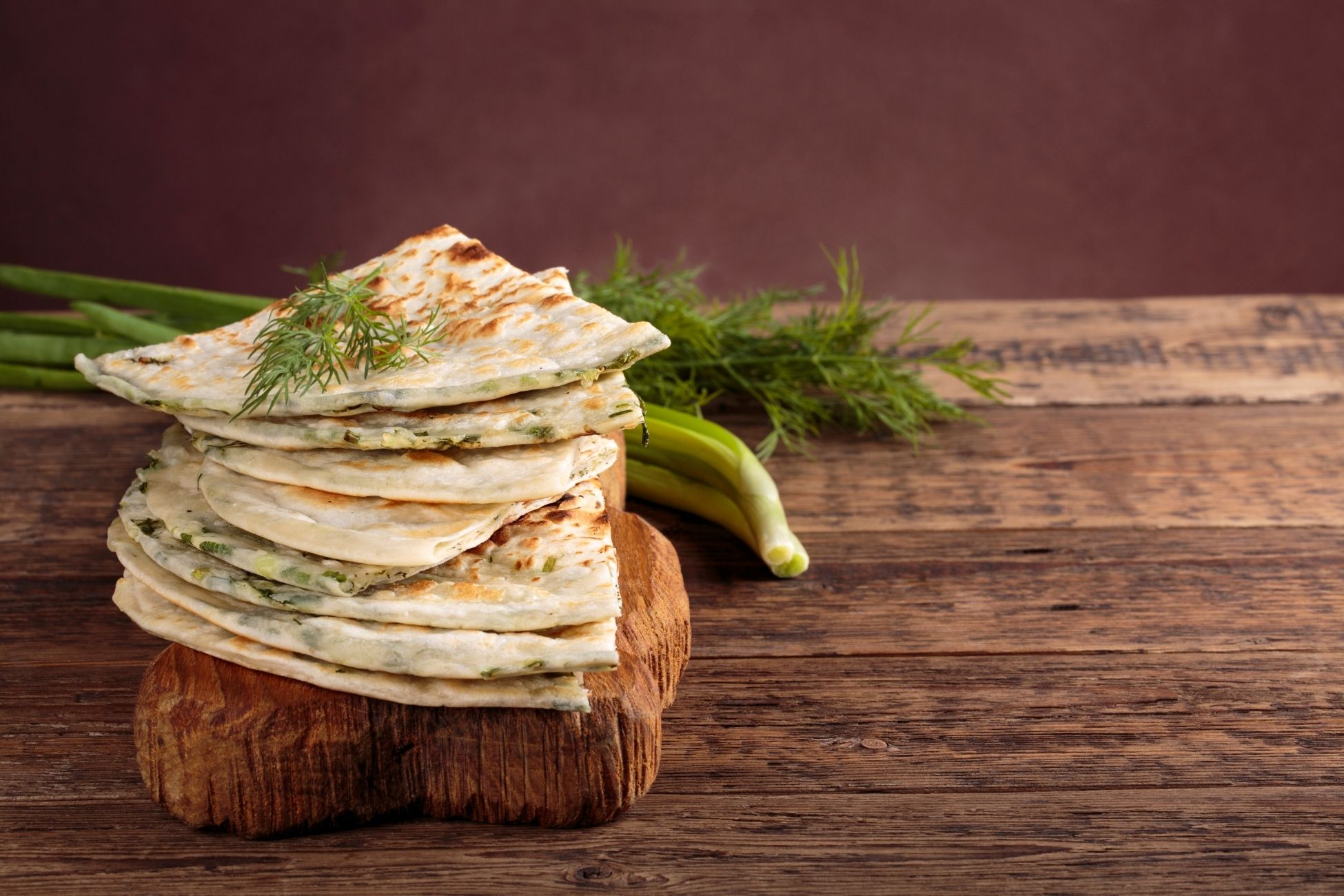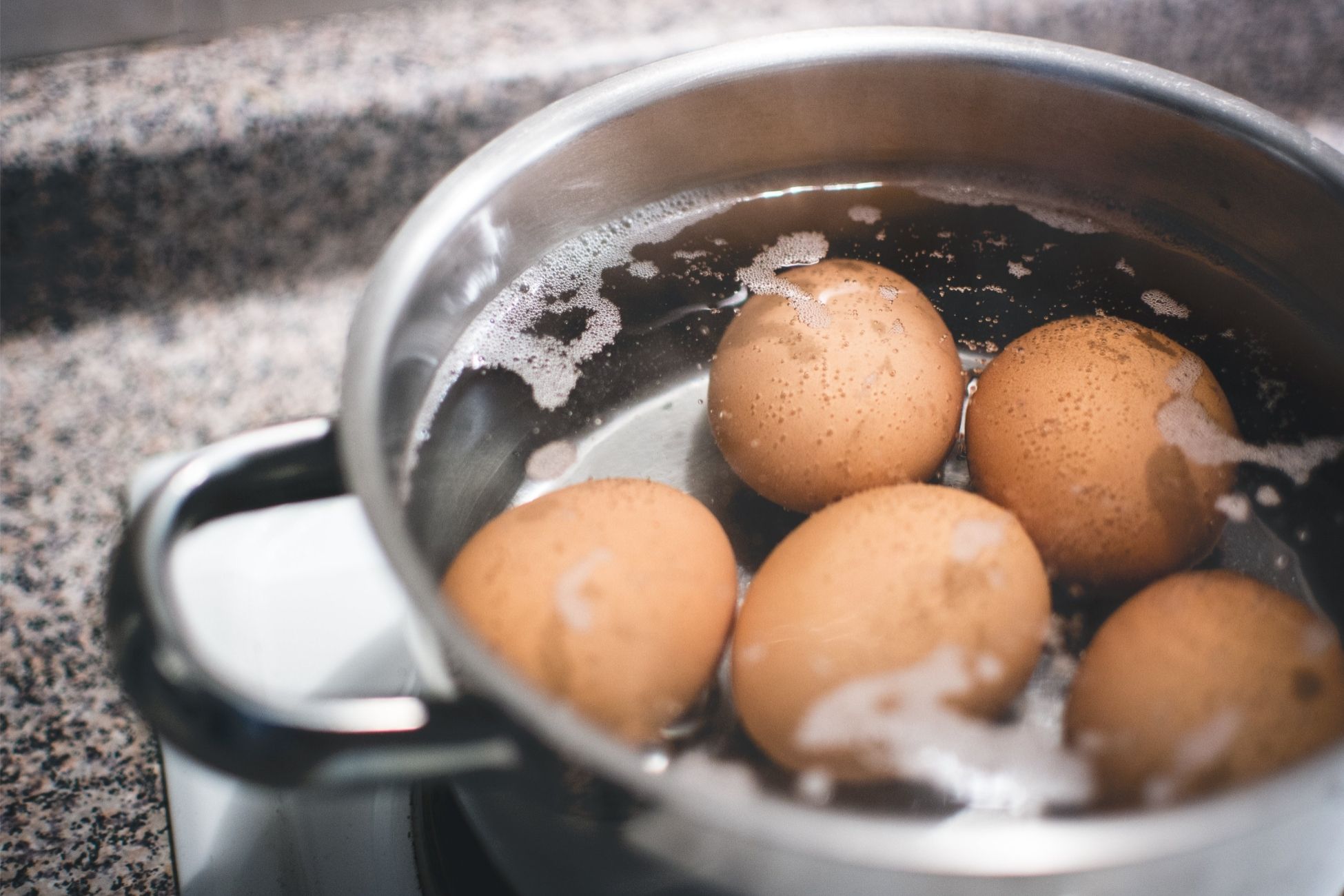Gazpacho Recipe
Perfect for the hot summer days ahead, gazpacho is made of ripe summer tomatoes blended with other ingredients such as cucumber, shallots, and garlic. Traditionally, a few slices of old bread are blended for a thicker and more substantial soup. Serve on its own or as a start to a meal. Ingredients: 1 1/2 to 2 pounds ripe tomatoes 2 thick slices day-old bread 1 medium cucumber 1 shallot 1-to 2 cloves garlic 2 tablespoons sherry vinegar 1/4 cup extra-virgin olive oil Salt and pepper Directions: Prepare the ingredients. Quarter the tomatoes and remove the stem. Tear the bread into large chunks. Peel and roughly chop the cucumber, shallots, and garlic. Roughly chop or measure any extra ingredients being added. Set aside some of these vegetables for garnishing the finished gazpacho. Combine the tomatoes and bread. Put all the bread into the bowl of a food processor or blender. Squeeze the tomato quarters over the bread then add them to the bowl. Let this sit for about 20 minutes to give the bread time to absorb the tomato juices and soften. If you prefer a thinner gazpacho, omit the bread and continue to the next step. Make the gazpacho. Pulse the tomatoes and bread until they form a rough porridge. Add the cucumber, shallots, garlic, vinegar, and a half teaspoon of salt. If you are using any other extra ingredients, add them in this step. Process continuously until the ingredients are liquified. A food processor will make gazpacho with more texture; a blender or immersion blender will make the gazpacho smoother. Blend in the olive oil. With the blender running, stream in the olive oil. This helps it emulsify more evenly into the soup. Taste and adjust the seasonings. Taste the soup. Add salt or vinegar to taste. If you’d like it thinner, blend in a little water. Chill the soup. Transfer the soup to a storage container and refrigerate until chilled. This soup often tastes better the second day after the flavors have had time to settle with each other. Serve the soup garnished with reserved vegetables. Source: the Kitchn

